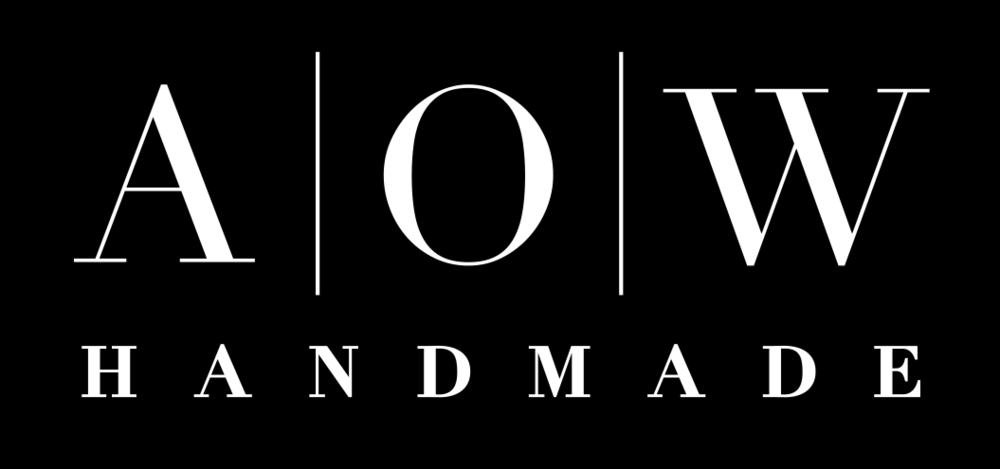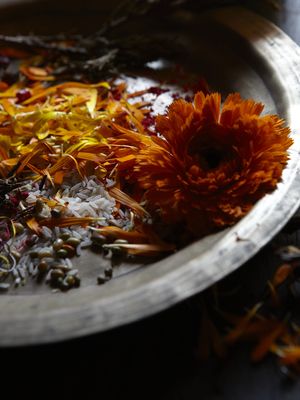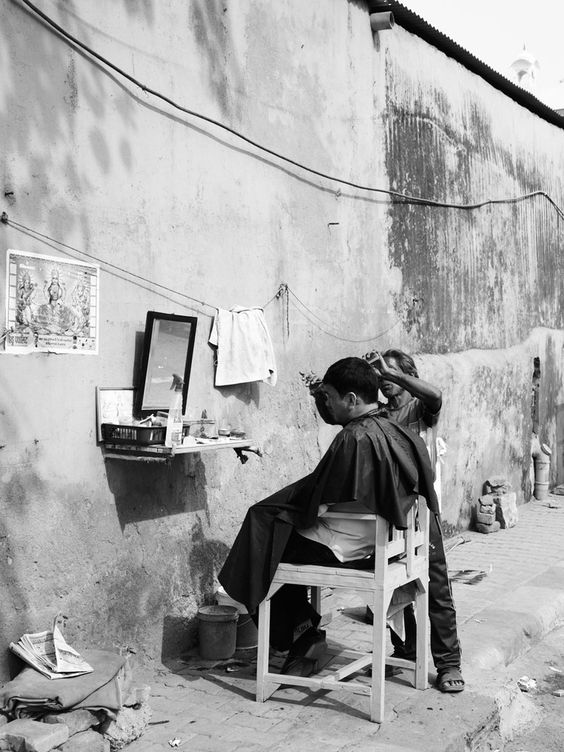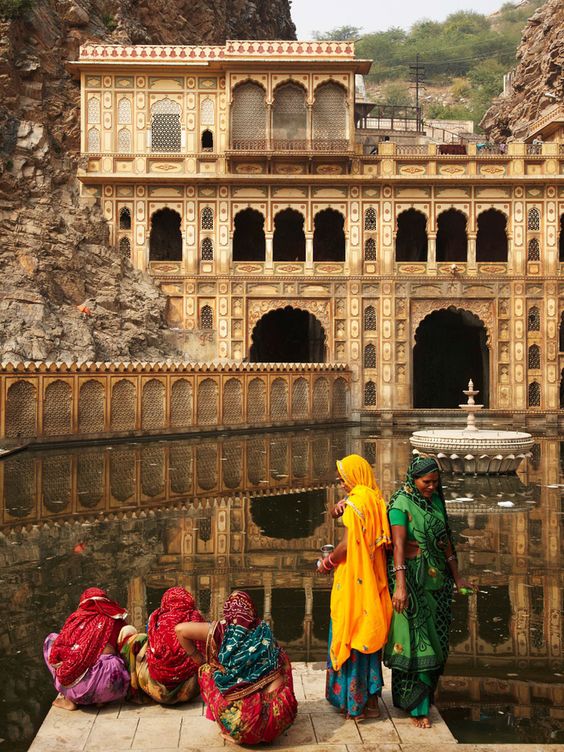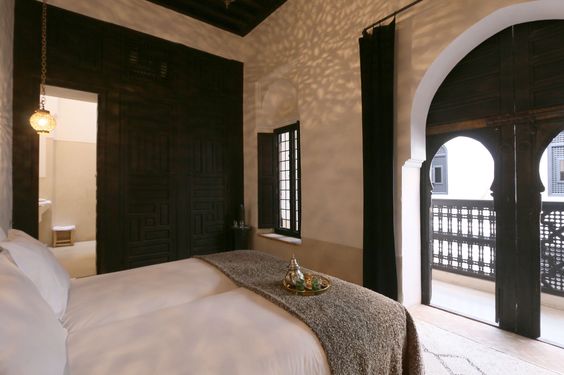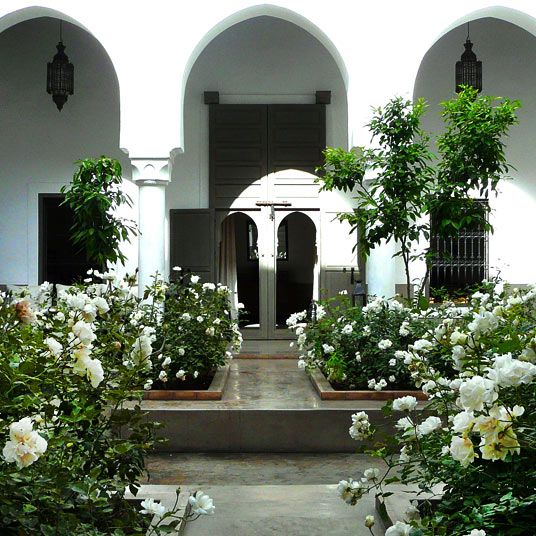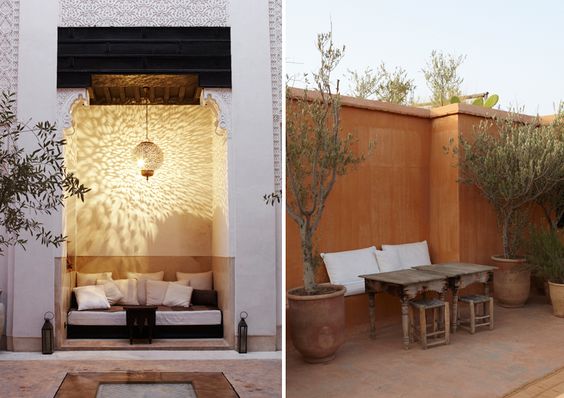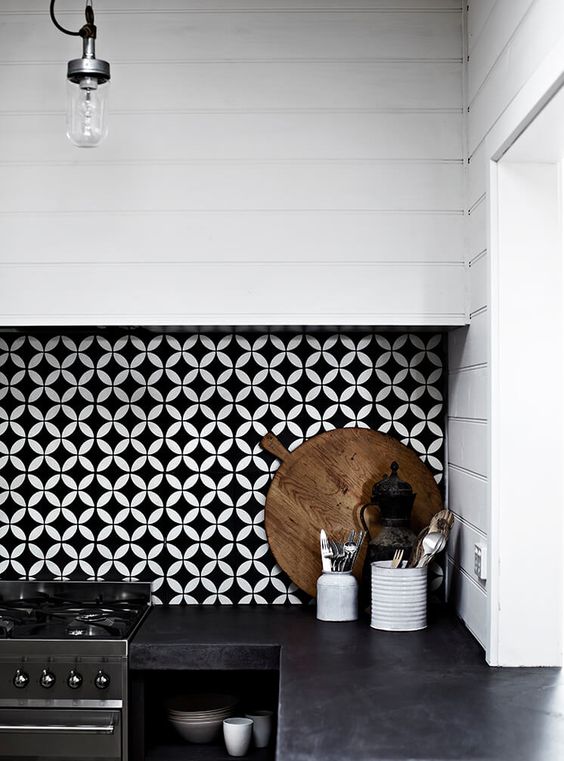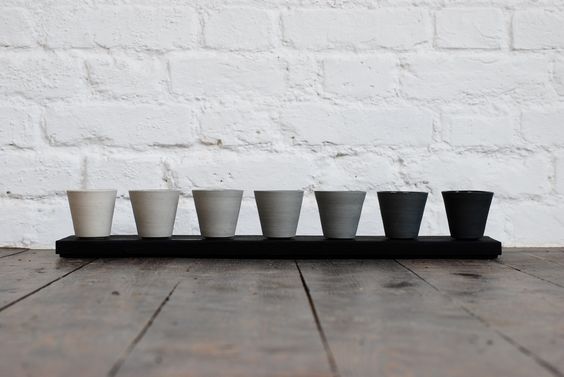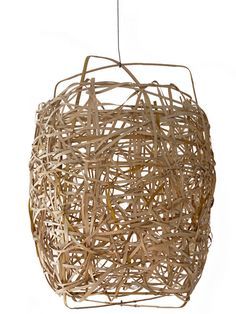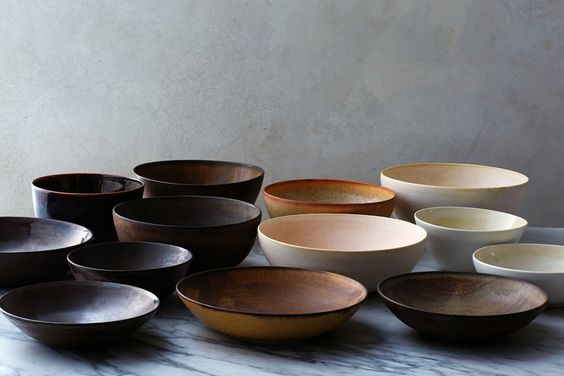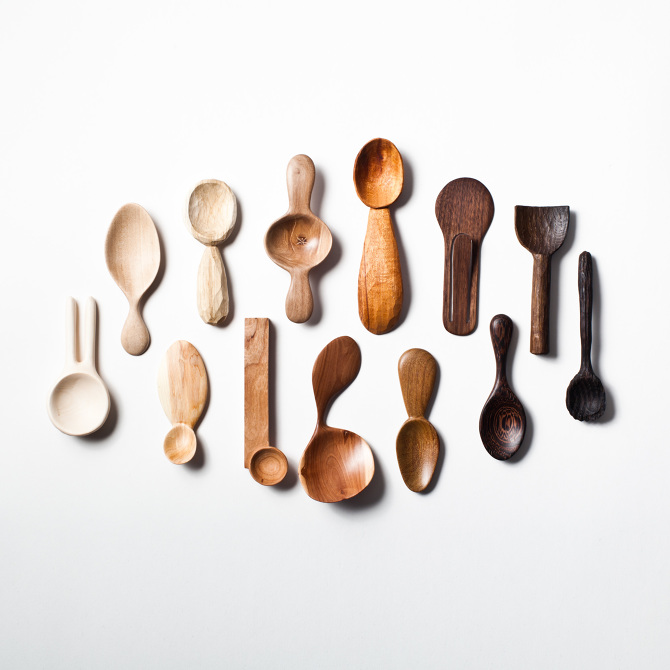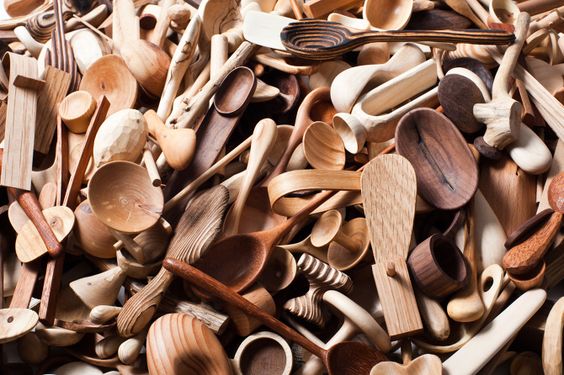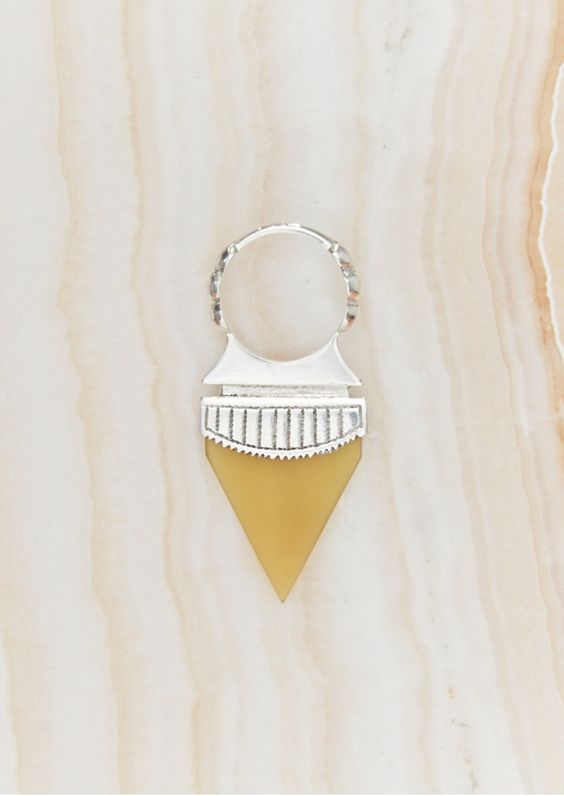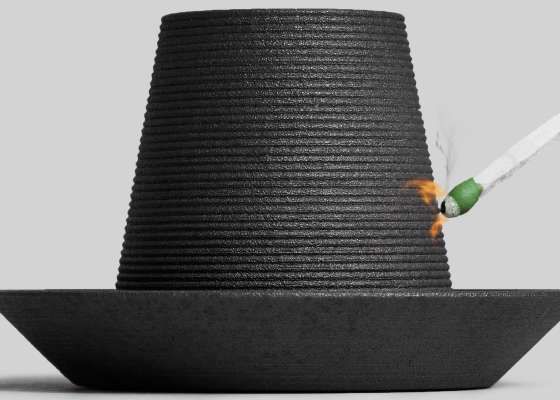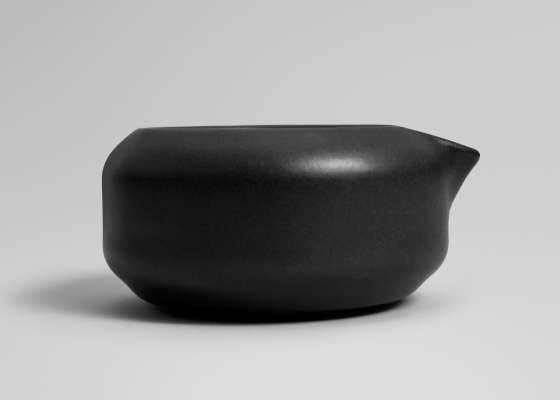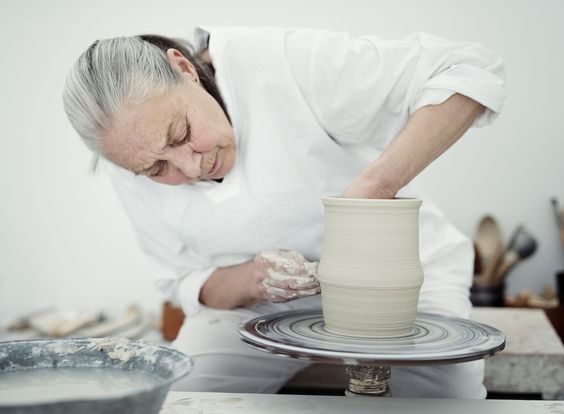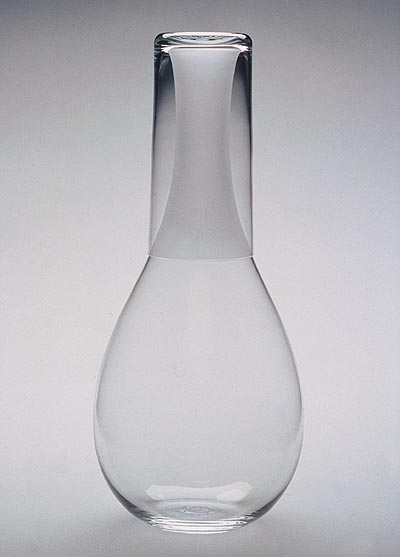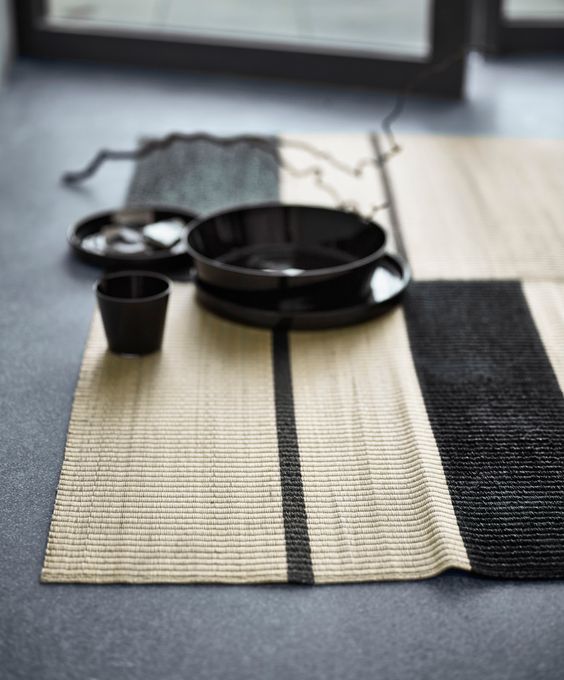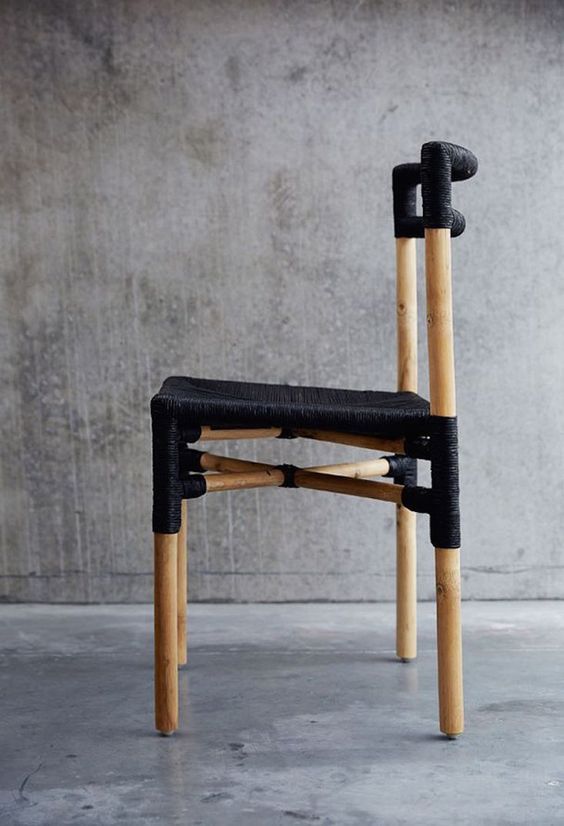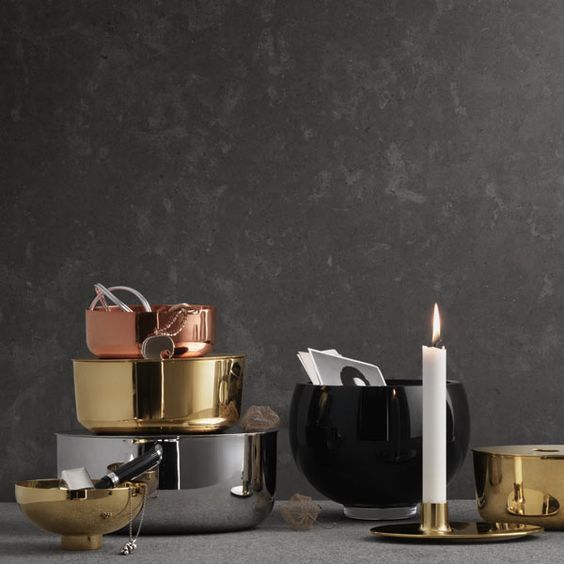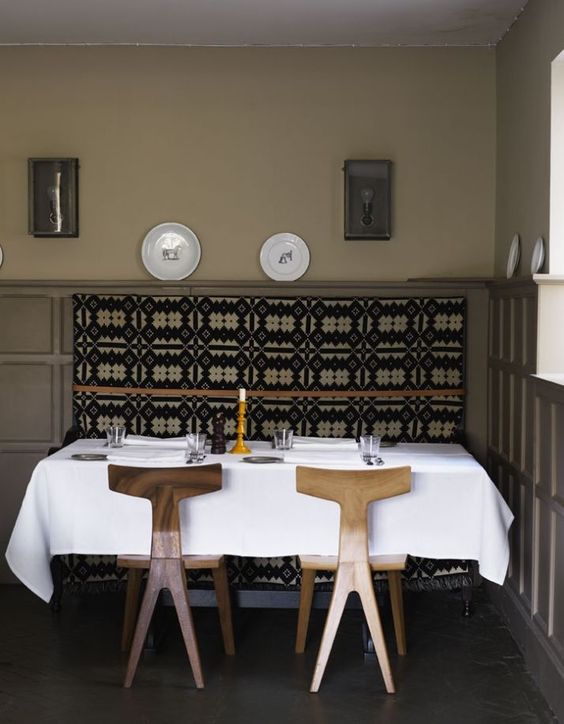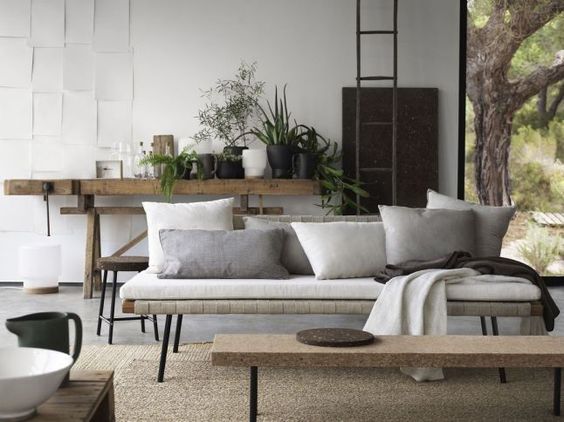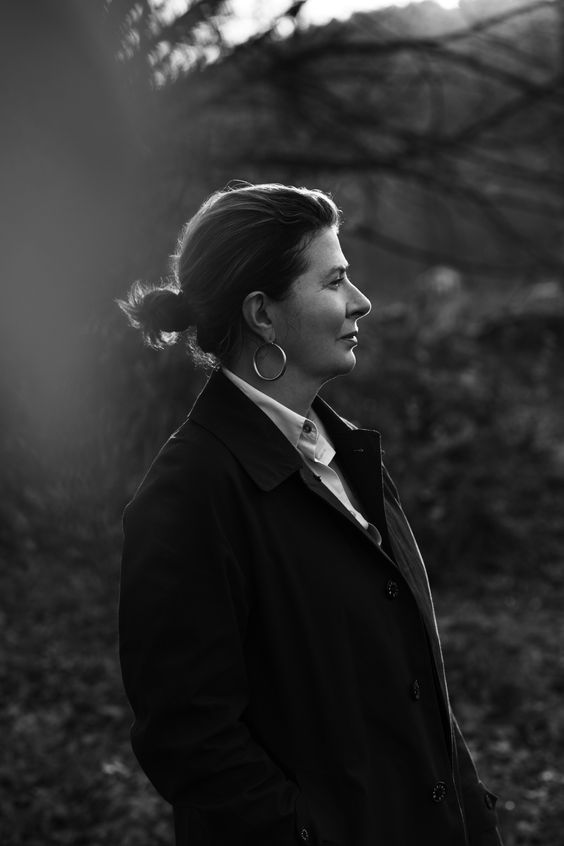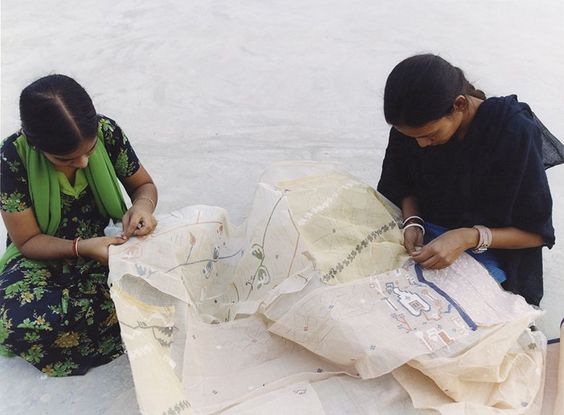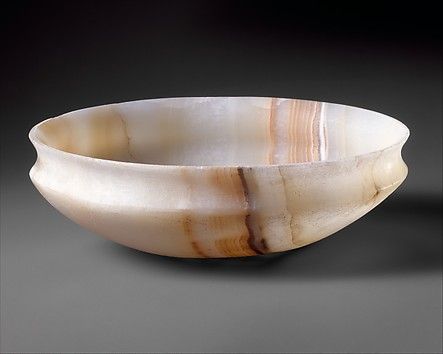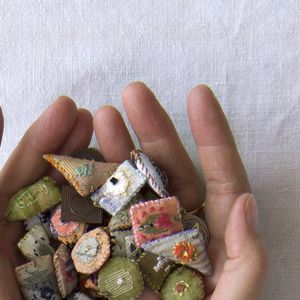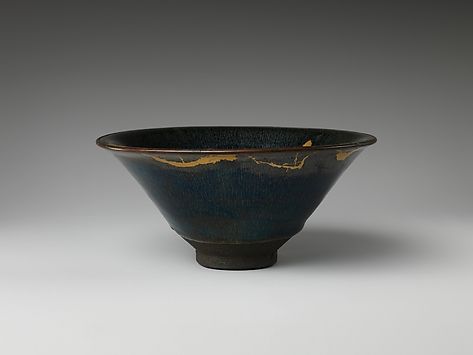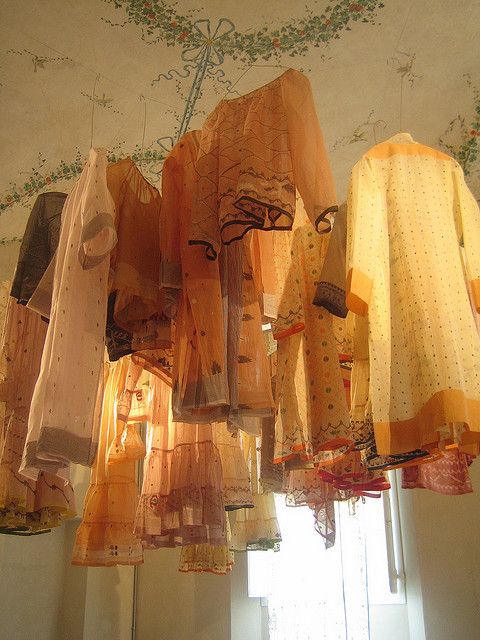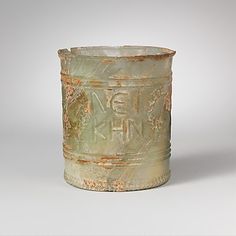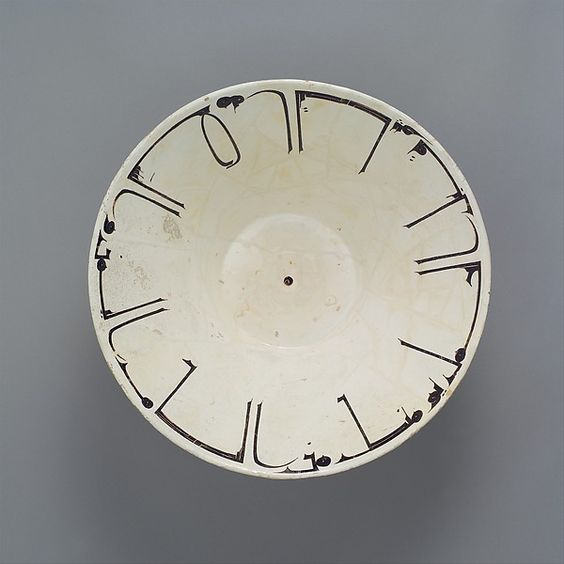AOW recently connected with Alex Bates, founder of the design consultancy Flint & Kent. Alex's lifework is about designing goods for good. She is one of the most talented product designers that I know and I'm honored to share some of her insight with readers of AOW. Alex was kind enough to take the time to share the top 5 things that inspire and influence her work.
Alex states, "I strongly believe we are in the era of celebrating the individual both in fashion and in our homes. Technology and social media have sped up trends and given us access to so much globally that no one is at a loss to be able to express themselves. The dizzying speed of these trends, society's shallow celebrity-driven marketing mania, and fast fashion's devastating effect on our environment has reinforced to me the importance of slowing things down and taking a different more considered approach to design."
1. TRAVEL, always, is my first answer to what inspires me. It takes you out of yourself and forces you to live in the now, especially in new places well outside of one’s comfort zone. I have been fortunate to have a career that has taken me to so many interesting and unexpected places.
India—Jaipur specifically—ranks at the top of my list. I have been so many times it feels like home. It's such a sensorial place with the food, smells, and sights; your senses are bombarded upon landing, both in a good and bad way. It is a land of juxtapositions, the cacophony and chaos of the street with the serene, jasmine-scented gardens behind high walls, the conveniences of high-tech speed vs. slow, methodical handmade work. Master craftsmen are held in high regard here. The artisans that I have been lucky to work with take an open and optimistic approach toward working together and the shared goal of making something beautiful and accessible, as opposed to placing an emphasis on cost-driven, high-volume fast fashion products.
I have experienced this same high level of skill and openness in Morocco with its rich depth of materials and capabilities. Morocco is next on my list to dig into deeper, and I am also looking forward to visiting Africa for the first time in the fall, specifically Kenya and Tanzania. It is part personal, to visit my daughter on her semester abroad, but I also hope to explore and meet up with artisans in West Africa.
It is exciting to witness the start of a shift in the zeitgeist to a “less is more” consumer attitude of more considered purchases. It brings a strong appreciation of the hand crafted and small batch production, and a much-needed respect for our environmental impact and responsibly made, healthy products in our lives. Brands and designers like Patagonia and Eileen Fisher are helping lead the way in products (and their related stories) that are responsibly sourced and designed to be used for many years and then passed on or up-cycled. Designing with a simple, timeless ethos contributes to the endurance of these products.
If you want more information on this movement, I highly recommend watching Riverblue, a new documentary on the fast fashion consumer’s true cost and impact on the world.
Photo credit for Indian images above: Gentl & Hyers
Photo credit for Moroccan images above: Joey Deleo
2. The MAKER MOVEMENT and the emergence of makers and artisans shaking it up. Craftsmanship has become the new gold standard and small-batch making, either locally or in the global market, has expanded dramatically. The greats like Edmund de Waal still inspire and Instagram has kicked it all into high gear, creating an unimaginably accessible platform for small makers and artists. Some of my favorites are Nelson Sepulveda & Ay Illuminate, Jono Smart : @jonosmart/ Nikole Herriott : @herriotgrace/ Takashi Endo ceramics @t_endoh / Jim Franco Ceramics : @jimgl
3. CRAFT + TECHNOLOGY. We truly live in an interesting time and the intersection of craft and technology is most inspiring to me. I have a love for the combination of craftsmanship and simplicity; mixing timeless modern design, natural materials, and functionality with traditional artisan skills is pure joy. In the end it supports a viable and sustainable business for the maker while infusing a little soul and a sense of context to everyday objects. I am excited to be working on a personal project that explores this process through a range of different materials, historically based shapes and artisans from around the world. Stay tuned for more details.
3-D design is enhancing the designers’ ability to communicate with makers in a clear and visual way. Holding the actual prototype speaks volumes that does not need tech-pack translations but allows for productive conversations, reducing multiple samples and the related time and transportation, and accelerating the speed to market. The collection of Tuareg-made jewelry that Danielle Sherman designed for Edun, Ali Hewson and Bono’s fashion brand, is a great example of this approach. Their mission of “building long-term, sustainable growth opportunities by supporting manufacturers, community-based initiatives and partnering with African artists and artisans” is an inspiring one as well.
The next evolution of this is on-demand production, which is intriguing and conceptually could greatly reduce our environmental footprint, only producing what is needed, with designers working directly with 3-D printing companies. A good example is OTHR, featured at the recent Design Collective that teamed up with the best of design, both established and emerging, to create products in materials ranging from gold and steel to porcelain.
4. DESIGN HEROES Ingegerd Råman and Ilse Crawford for their human-centric, elegant, and functional design.
Ingegerd Råman is one of Sweden's most renowned glass and ceramic designers. She is a 17-time recipient of the Excellent Swedish Design Award and her work is found in the collections of the National Museum of Fine Arts in Stockholm, the Corning Glass Museum, the Victoria & Albert Museum, Museum of Arts and Crafts in Copenhagen, and many more.
I’ve always been drawn to her work as it’s been described as, “modern and minimalist, but with respect for tradition and the user.” I especially love that Råman believes her objects do not come to life until they are used. A design philosophy that speaks to my heart.
I admire how Ilse Crawford’s work is so sensorial and human-centric. Her design studio’s mission statement is "to put human needs and desires at the center of all that she does.” Her interiors are comfortable and familiar and make sense and yet always push the boundaries. Her products are simple; “they support and enhance human actions in everyday life." Her first book, The Sensual Home, influenced me greatly in its design philosophy of "Looking at our homes from the perspective of the senses: sight, hearing, taste, touch and smell."
Both designers share a simplicity, warmth, and timelessness in their work as well as a commonsense approach to everyday objects. Coincidentally, each have created well-thought-out collections for IKEA, the ultimate democratic source for good design.
"Today´s trends are out of fashion tomorrow. I am always looking for designs which are timeless and could be called self-evident, but are nevertheless difficult to create.” - Ingegerd
5. ART + DESIGN MUSEUMS: Cooper-Hewitt Smithsonian Design Museum, and The Met.
I am fortunate to live in NYC where, when I am feeling creatively depleted, I can walk across the park and recharge my engines at either of these two great institutions. They are a constant source of inspiration for me. The Met is a rich archive of historical and cultural work and stunning art, where I can lose myself for an afternoon and emerge completely restored. I recently spent an afternoon with a friend in the Greek and Roman and Asian art wings. Some of the most ancient forms are the most inspiring in their modern appeal as well as informative for a project we were researching for materials.
I owe a lot to Agnes Bourne, a friend who opened my eyes to the positive power of design early in my career, and she is the same friend who got me involved at the Cooper-Hewitt. As the only design museum in the country devoted entirely to historical and contemporary design, their collection from the ancient to modern cutting edge technologies serves as inspiration and platform that “tells the story of design’s paramount importance in improving our world.” They are at the center of the design community and serve a vital role as a lab for new ideas and conversations. Two of their recent exhibitions were quite impactful. Scraps illustrated the work of "three designers transforming textile waste into exquisite works of sustainable design" and demonstrated the zero-waste possibilities, featuring one of my favorites, Christina Kim of DOSA.
One of my all time favorite exhibitions and ongoing work is their Design for the Other 90%, that "demonstrates how design can be a dynamic force in saving and transforming lives, at home and around the world." The third exhibition of this series that started in 2007, the recent By the People: Designing a Better America explored economic, social, and environmentally sustainable designs that address our communities. I had to visit it a couple of times to absorb it all.
About Alex Bates and Flint and Kent
As Flint & Kent's founder, Alex Bates has devoted her life's work to designing goods for good. Over the course of her career, Alex has built and led teams for some of the biggest names in the business. At West Elm, she led the effort to expand the brand's audience with innovative collections of environmentally responsible products, artisanal goods, and designer-led collaborations. At Martha Stewart Living, she was responsible for the creative development of products that generated over a billion dollars in annual revenue. She's equally at home in a start-up environment, happy to roll up her shirtsleeves and build from the ground up.
Alex founded Flint & Kent as a design consultancy with a special focus on social impact. Flint & Kent is a collective of like-minded product designers, graphic artists, merchants, branding specialists, art directors, sourcing gurus, writers, and photographers. This talented team of individuals is united by a shared passion and collaborate according to the needs and size of their clients’ projects, which keeps them nimble and efficient.
For more info, please visit: http://www.flintandkent.com
